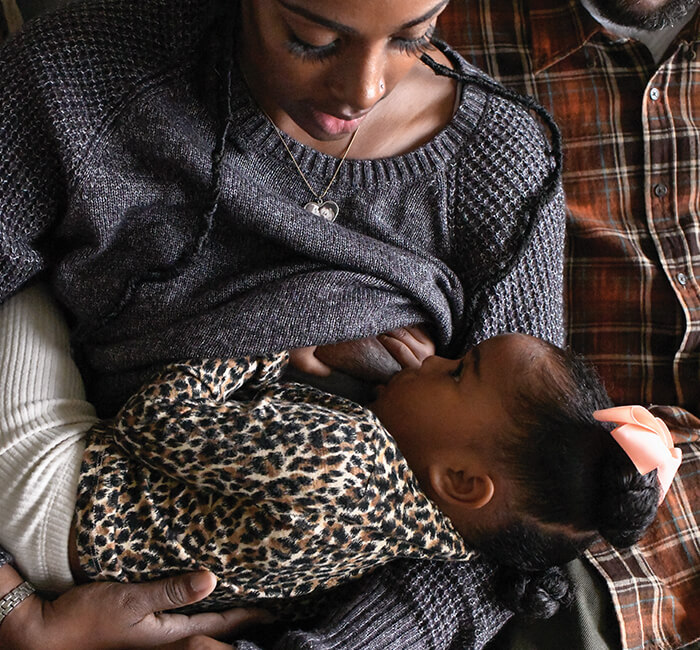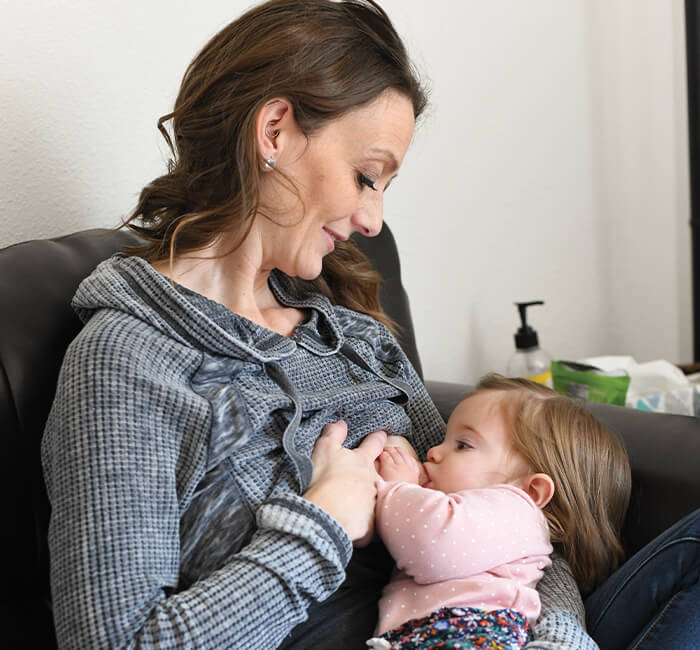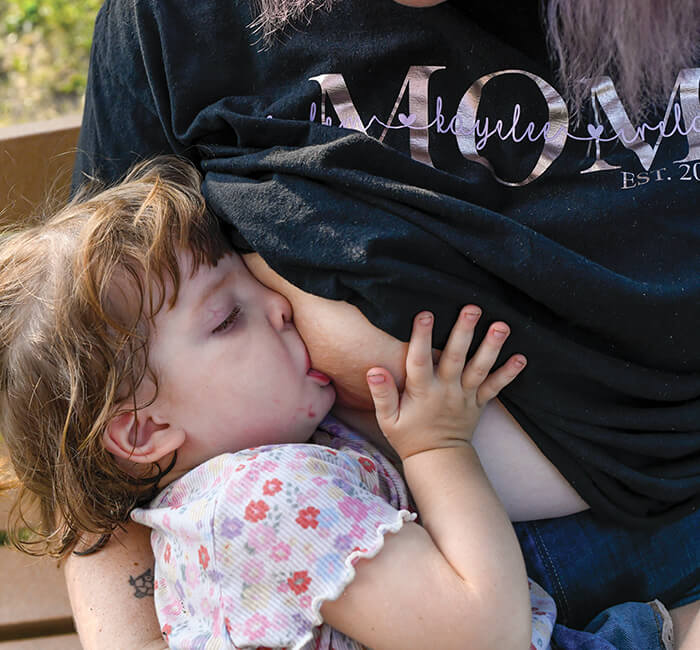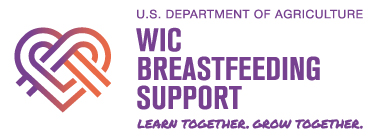na hnukdinhnak
hmuitimhmi caah bawmhnak

Hodah WIC Hnukdinhnak Hawikom Ruahnak Cheuhtu cu a si?
- Na umnak zatlangbu ah a ummi, nangmah bantuk, hringtu nu;
- A fa hnukdinhnak in man sung hmuhtonnak a ngeimi le hringtu nu a thar si zeidah a lawh timi a thei mi hawikom;
- Nangmah bawmh dingin hi kaa ah a um i na hmuitimh tlinh an bawmhtu dingmi thil a hrampi;
- WIC sikhaan ah, phone in, asiloah cakuat in ton khawh dingmi hawikom
Hawikom Ruahnak Cheuhtu nih Zeidah An Tuah Piak Khawh Lai?
- Na bia an ngai piak lai, thazang an pek lai, i bawmhnak an pek lai;
- Hnukdinhnak biahalnak kong leh dingcaah nau na pawi chung vialte an pehtlai lai i na fa hrinnak caah timhtuah an bawmh lai;
- Nangmah le na naute cu hnukdinh in a tha mi thawk khawh dingin an bawmh hna lai
- Naute a chuak hnu in hnukdinhnak biahalnak asiloah phanmi poah an leh hna lai;
- Adang hringtu nu hna le bawmhnak bu pawl he an pehtlai ter lai;
- Hnuk dawpnak ngahnak kong thawngpang an pek lai;
- A herh tikah hnukdinh ruahnak cheuhtu asiloah adang ngandamnak lei thiamsang hna sin in bawmhnak dang caah an timhtuah piak lai.
Hawikom ruahnak cheuhtu cu pehtlai ding na ningzak hlah. Bawmh an in duh!

Hawikom Ruahnak Cheuhtu nih hibantuk theihtlei pawl an in hrawmh lai:
- Na naute caah hnuk tampi chuahnak
- Na naute a it ning, a paw a tammi hmelchunhnak pawl, le tahnak pawl lungfiangnak
- Hringtu nu a thar pakhat dirhmun in na chungkhar le hawikom hna sin in bawmh laknak
- Na kalnak poah ah siarem tein hnukdinhnak
- Hnuk dawpnak hmannak le hnuk fimnak caah ruahnak cheuhnak.
WIC nih Hnukdinhnak Thazang A Pek
Na hnukdinhnak hmuitimh pawl tlinh bawmh dingcaah thil a hrampi kan ngei. WIC program i WIC kan riantuanpiaknak vialte cu a lak in asi i chungkhar zapi sin ah a ngahmi asi. A tanglei hi kan pek:
- Hnuk lawng a dinhmi nu le pa hna caah a ngan bikmi rawl tom. Hringtu nu nih a naute rawl pek dingcaah hringtu nu rawl kan pek ve!
- Hnukdinhnak kong cawnnak pawl.
- Rampumpi Bu Lehhmah Ngei Hnukdinhnak Ruahnak Cheuhtu (IBCLC)
- Hnukdinhnak kong halthannak le ritnak check.
- Hnuk dawpnak caah a herhmi le pumpak in hnuk dawpnak/tlaihnak pawl bunh ning halthannak.
- Hmuhtonnak ah hrambunhmi hnukdinh cawnpiaknak le thil a hrampi pawl.
- A herhmi hnukdinhnak thilri.
- Hawikom Ruahnak Cheuhtu pawl (cheukhat hmunhma ah holh pahnih a chim kho mi Hawikom Ruahnak Cheuhtu an um)

- WIC cu nau a paumi, hringtu nu a thar (nau ngei hnu thla 6 tiang), hnuk a dinhmi nu pawl (nau ngei hnu kum 1 tiang), bawhte le hngakchia kum 5 tiang pawl caah a lak in rawl & thazang umnak eidin bawmhnak program asi.
WIC sawk dingcaah asiloah thlahlawh lamhmuhsaknak kong t heih dingcaah, nangmah he aa naihnak sikhaan kawl dingcaah 800-522-0874 ah zangfahnak in phone chonh hna.

Hi riantuannak zung cu atlukmi caantha petu asi.